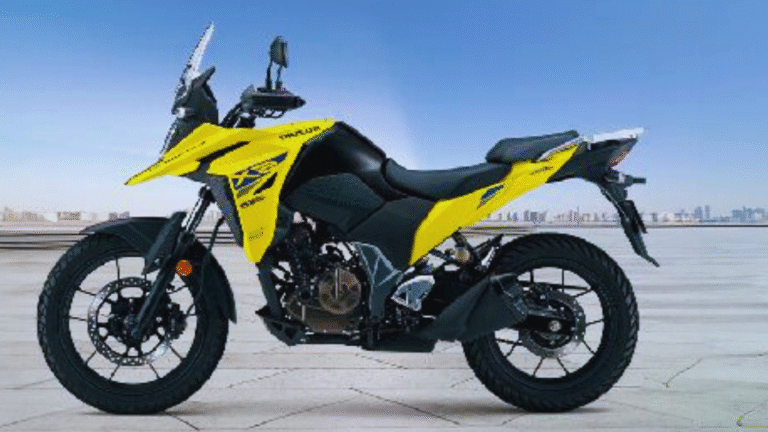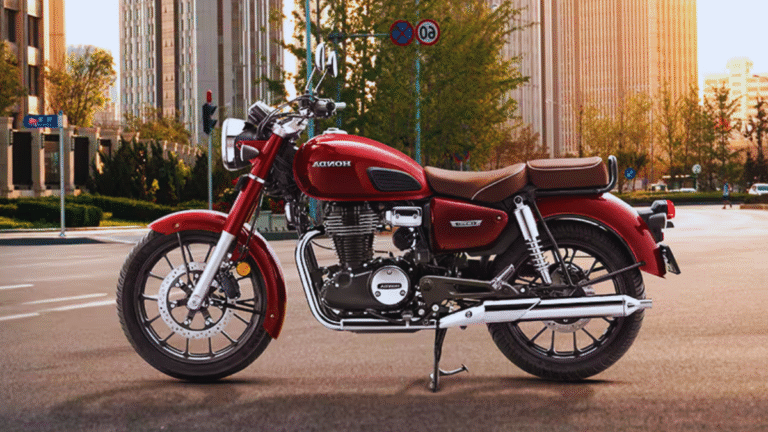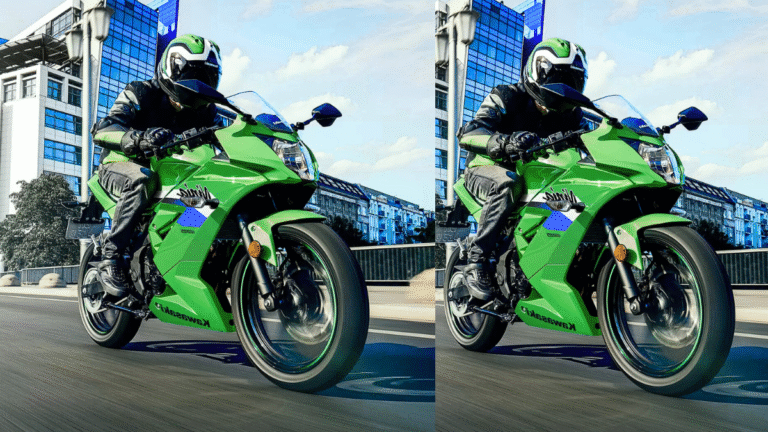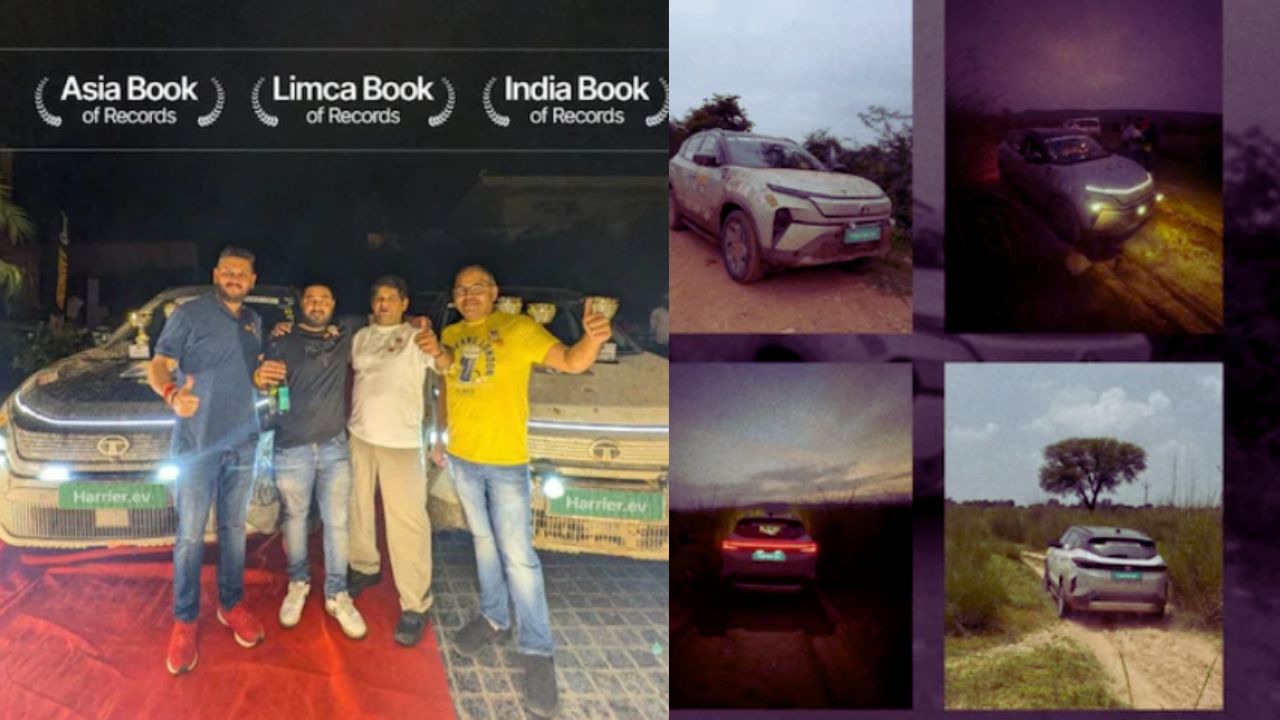
In a groundbreaking achievement for India’s electric vehicle industry, the Tata Harrier.ev has become the first electric SUV to successfully complete the grueling Desert Quest Rally, marking a new chapter in sustainable mobility and showcasing the rugged potential of EVs in extreme off-road conditions.
Rewriting Rally Rules With Electric Power
Organized annually, the Desert Quest Rally is one of India’s most challenging endurance motorsport events, set across the unforgiving terrain of Rajasthan’s Thar Desert. Participants brave intense heat, shifting dunes, rocky trails, and demanding navigation across hundreds of kilometers. Historically dominated by diesel-powered off-roaders and purpose-built rally vehicles, this year’s rally witnessed a revolutionary entrant — the Tata Harrier.ev.
Built on Tata’s Acti.ev platform, the Harrier.ev defied scepticism and mechanical odds, proving that electric mobility is no longer confined to urban roads and highways. Its successful run in the rally not only broke performance stereotypes but also highlighted the growing maturity of India’s electric vehicle ecosystem.
Endurance, Torque, and Tech: What Made the Harrier.ev Rally-Ready
The Harrier.ev’s triumph was not accidental. Tata Motors equipped the vehicle with advanced features that enabled it to meet the unique demands of the desert rally:
- High Torque Electric Powertrain: Instant torque delivery gave it an edge in sand dunes and uphill climbs, where conventional engines often struggle.
- Enhanced Ground Clearance: The Harrier.ev was tweaked for optimal underbody protection and high-clearance suspension to handle rocky and uneven terrain.
- All-Wheel Drive (AWD) System: The EV came fitted with Tata’s experimental AWD system, ensuring grip and control on loose surfaces.
- Battery Thermal Management: With desert temperatures crossing 45°C, efficient cooling of the high-capacity battery pack was critical. Tata’s liquid cooling system held up flawlessly throughout.
- Regenerative Braking: Crucial for energy conservation during downhill stretches, regen braking improved efficiency without compromising control.
The Harrier.ev completed the entire rally circuit without a single mechanical failure — a feat that stunned traditionalists and reinforced Tata’s commitment to robust EV engineering.
Charging in the Desert: How Tata Made It Work
One of the biggest concerns in an EV rally entry is charging infrastructure, especially in remote locations. Tata partnered with Tata Power to set up temporary mobile fast-charging units at pre-decided checkpoints. These units were solar-assisted and transported using support trucks, making the Harrier.ev’s participation logistically viable and sustainable.
Charging times were optimized using fast DC technology, allowing the vehicle to top up to 80% in under 45 minutes — enough to cover the next leg of the journey.
Symbol of India’s Green Automotive Future
By completing the Desert Quest Rally, the Harrier.ev didn’t just finish a race — it disrupted a belief system. Its success serves as a testament to India’s homegrown capability to produce world-class electric vehicles that can endure even the harshest conditions.
Tata Motors hailed the achievement as a “leap forward for EV confidence” in India. A senior company spokesperson remarked:
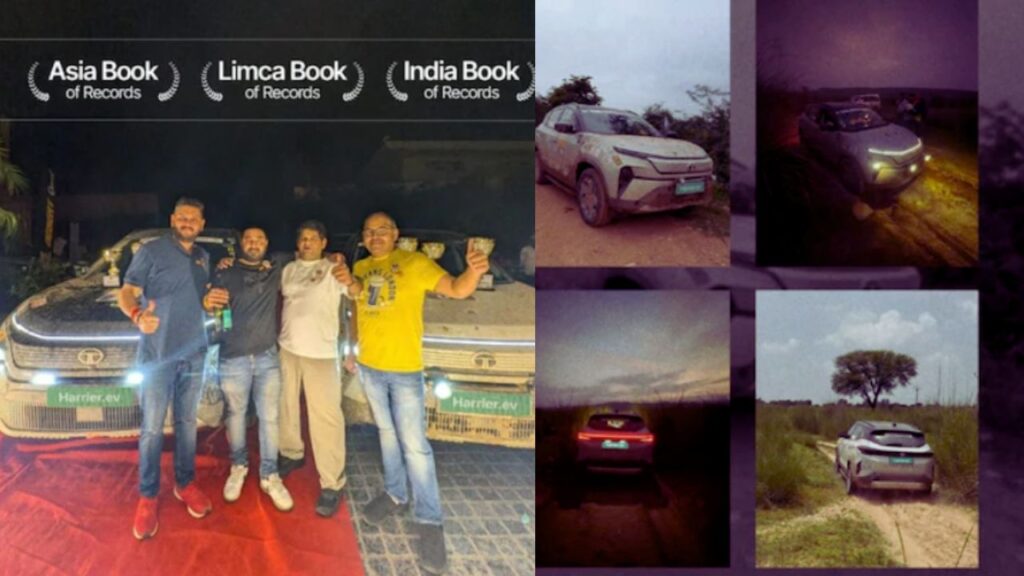
“This victory isn’t just about an SUV winning a race — it’s about an electric future that doesn’t compromise on power, performance, or adventure.”
What’s Next for the Harrier.ev?
Following this milestone, Tata Motors is expected to launch the Harrier.ev commercially by early 2026, making it one of India’s first premium electric SUVs with proven off-road credentials. The vehicle is likely to feature enhanced AWD capabilities, Level 2 ADAS, V2L charging, and a range of over 500 km per charge.
Moreover, Tata’s successful experiment could pave the way for more EV entries in national and international rallies, opening up a new frontier for electric motorsport in India.
The Tata Harrier.ev’s historic Desert Quest Rally finish is more than just a feather in Tata’s cap — it’s a clear signal that electric vehicles are ready to take on challenges beyond city limits. As India moves towards a greener, electrified automotive future, the Harrier.ev stands as a beacon of what’s possible when innovation meets ambition on the open road — and even across the burning sands of a desert.
